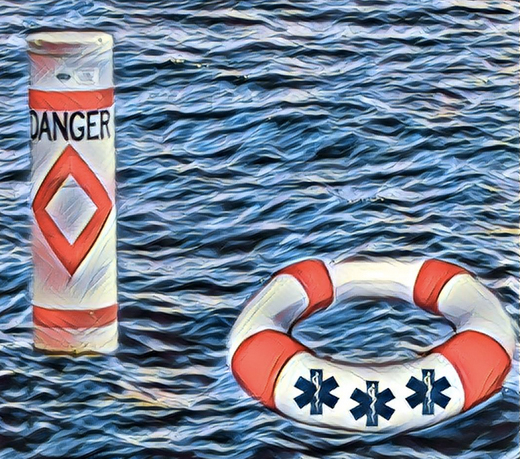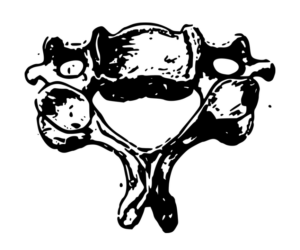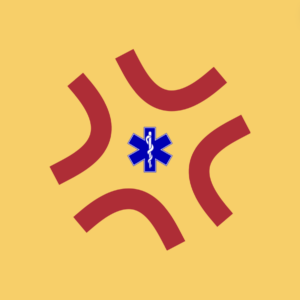By Clayton Kazan, MD, MS, FACEP (@clayton_kazan)
The ER system is a sinking ship, EMS can be part of the solution.

In the late 1960\’s, most pre-hospital care was provided by primary care physicians. As hospital care became more sophisticated and Emergency Medicine began to develop, the focus began to shift to transporting patients to hospital Emergency Departments, and EMS began to provide emergent treatment in the field as an extension of the ER.
But, the pendulum has swung way back. 85% of ED patients are discharged home, and, while many of those patients benefit from an ED work-up, there is also a large subset of patients presenting to the ED that could be worked up in other, less costly arenas. Research from ACEP has shown that the vast majority of patients that present to the ED are justified to be there, but that just does not jive with my experience over the past 15 years.
The problem is that the needs of the healthcare system and the financial incentives of the hospital/ED physicians are not aligned. The healthcare system needs minor patients to be managed in a cost-effective manner, but ED budgets and ED MD salaries are driven by census. I used to try to educate my patients on the appropriate use of Emergency Services, but it is a fruitless endeavor to try to educate millions of Americans, and it lacks any financial incentive for the stakeholders on the hospital side. Instead, ED census continues to rise faster than new beds can be added, reimbursement per patient is falling, and the only answer is to improve ED bed efficiency. But, efficiency has its limits, and, unless financial incentives are realigned, the ED system as we know it is a sinking ship.
The ideal hospital ED needs to be reconsidered, and triage needs to be able to route patients along a spectrum of tracks. We cannot expect patients to stop coming to the hospital, but patients with less acute problems can be triaged to the appropriate level of care, including Fast Track, Urgent Care, and Subacute Care. Emergency Departments can be much smaller and can be a service line in a spectrum of services offered by the hospital. Until financial incentives are realigned however, there is no incentive for hospitals to stop routing all patients through the ED, and board certified resuscitationists will continue to bill to see patients that could have been managed in a less expensive venue.
If EMS systems do not evolve, then we are part of the problem and are destined to go down with the ship. This death spiral begins with increasing ambulance wall time and ED diversion. But, unlike the ED system, the EMS system is financially incentivized to change its practice. The mobility of our service puts us in the position to offer community based medical care unlike any current hospital or healthcare system. Payers are highly incentivized to reduce the cost of unnecessary EMS transport and ED visits, and they are very open to working with us on innovative new models.
We need to stop viewing ourselves as EMS providers and start viewing ourselves as delivering mobile healthcare, with EMS being a service line in a spectrum of care we can offer. Physician Assistants and Nurse Practitioners can be utilized to provide simple interventions in the field setting and redirect patients back to their medical homes. In addition to contacting patients through the traditional EMS system, we can also partner with payers\’ nurse advice lines to evaluate patients that cannot wait for next day appointments. While none of this is cheap, it is far cheaper than our current practice of EMS transport and ED visits, it saves EMS resources for true emergencies, it can reduce ambulance wall time and diversion, and it can provide a better patient experience. Payers can also partner with us to provide urgent follow-up resources, which are far more cost effective and sufficient for many of our patients. There are may ways that different departments are using mobile healthcare resources in innovative ways to reduce hospital readmissions, perform safety checks on high risk patients, etc.
This is the biggest watershed moment in EMS since John Gage and Roy DeSoto went to paramedic school. This is our opportunity to become a stakeholder in the future of healthcare delivery rather than just an extension of the Emergency Department. This is our time to become an indispensable provider of cost effective mobile healthcare.




